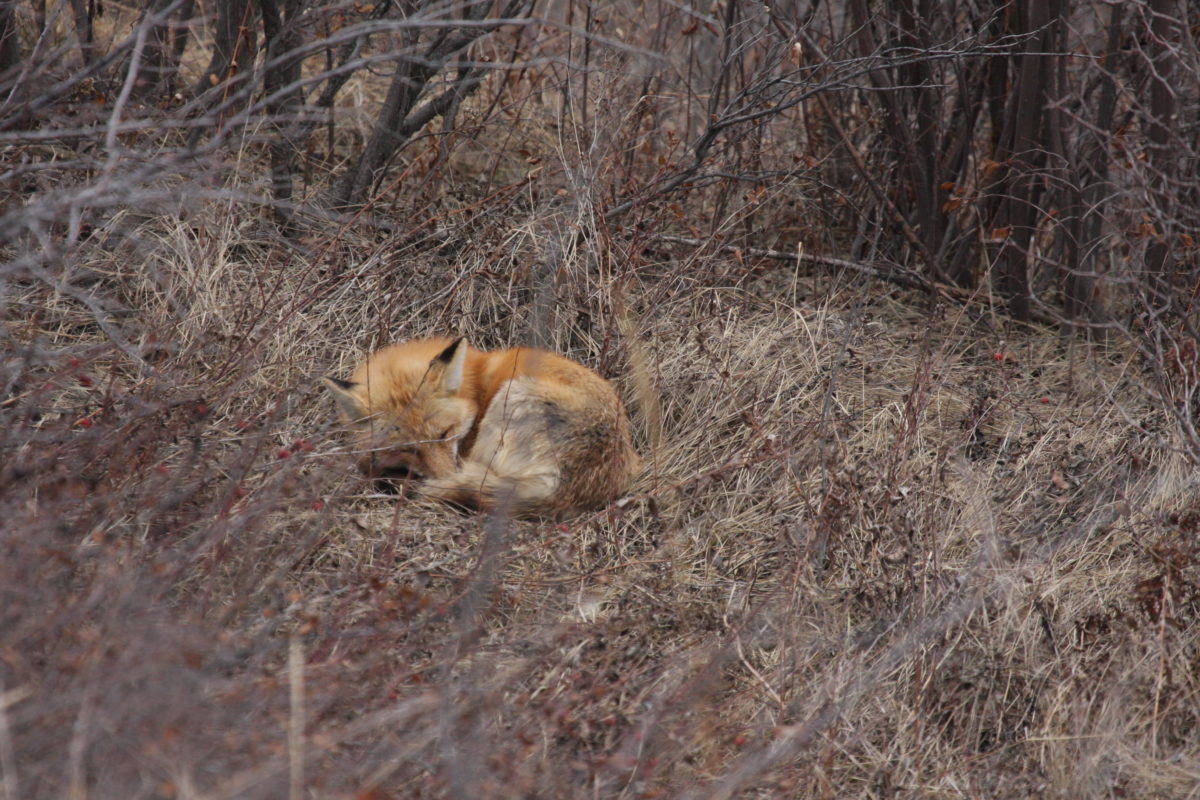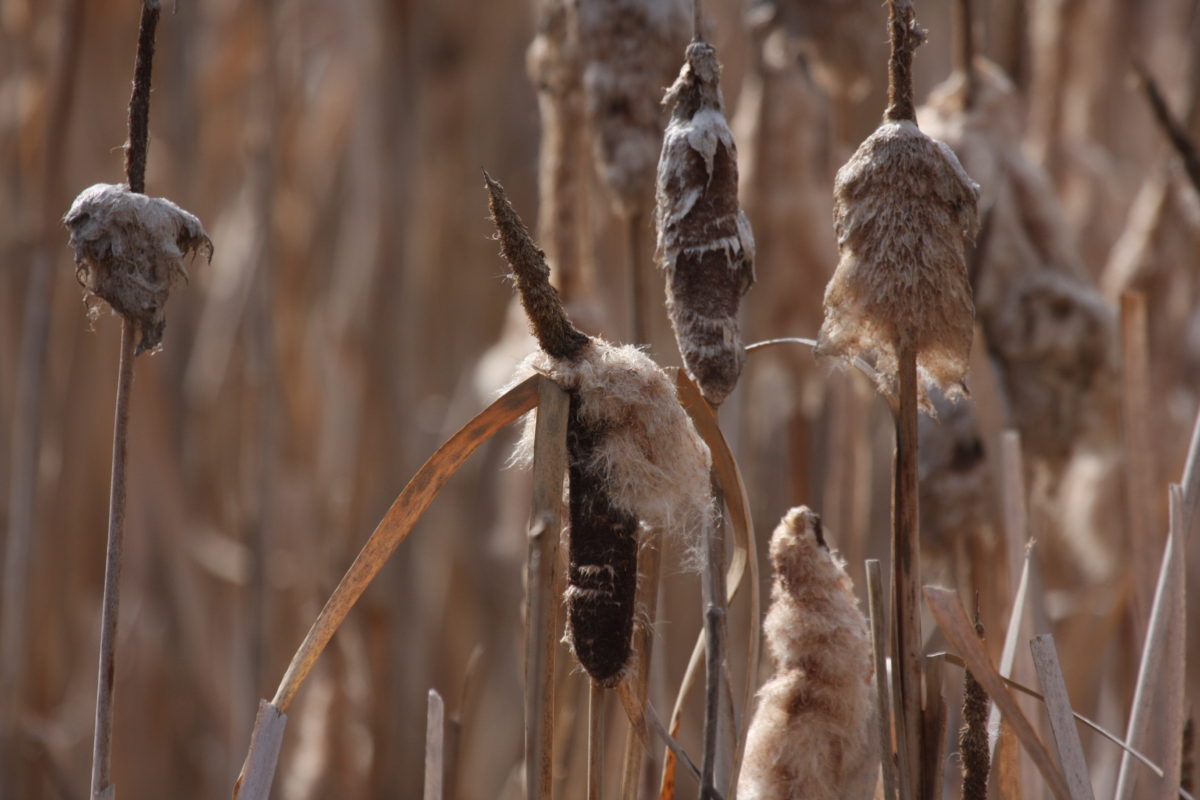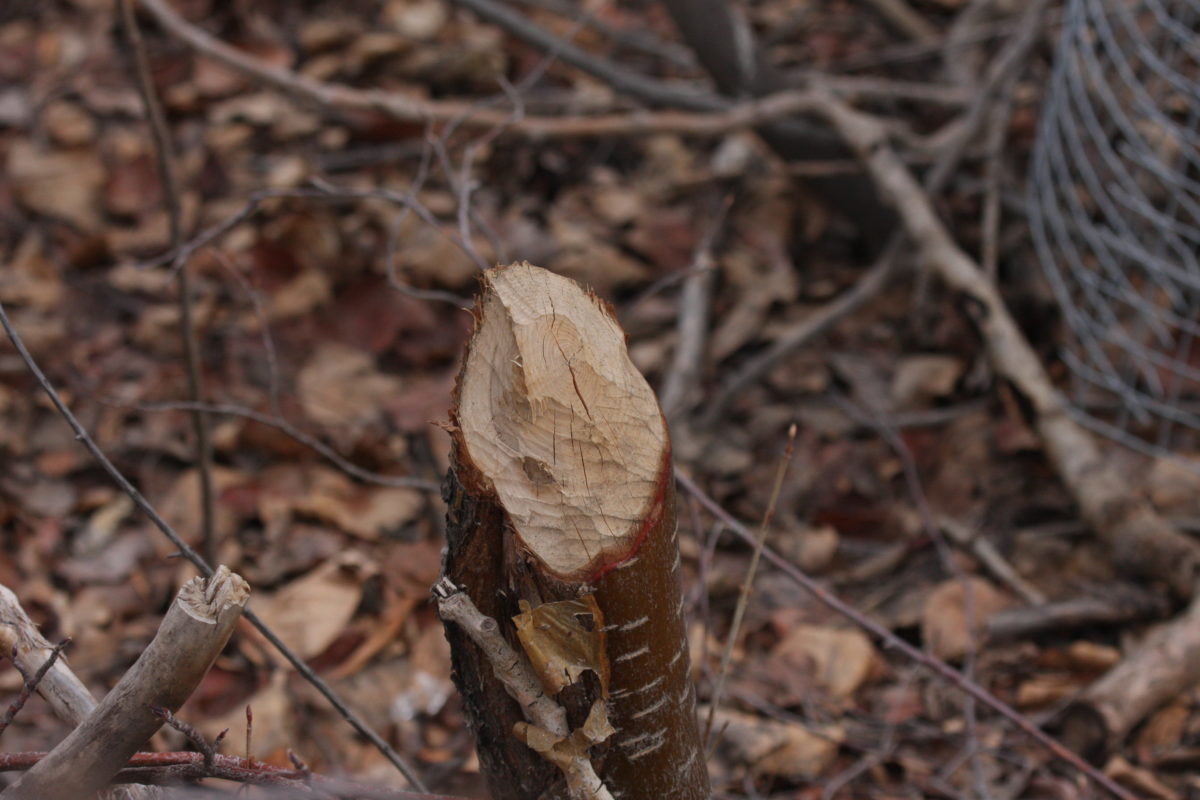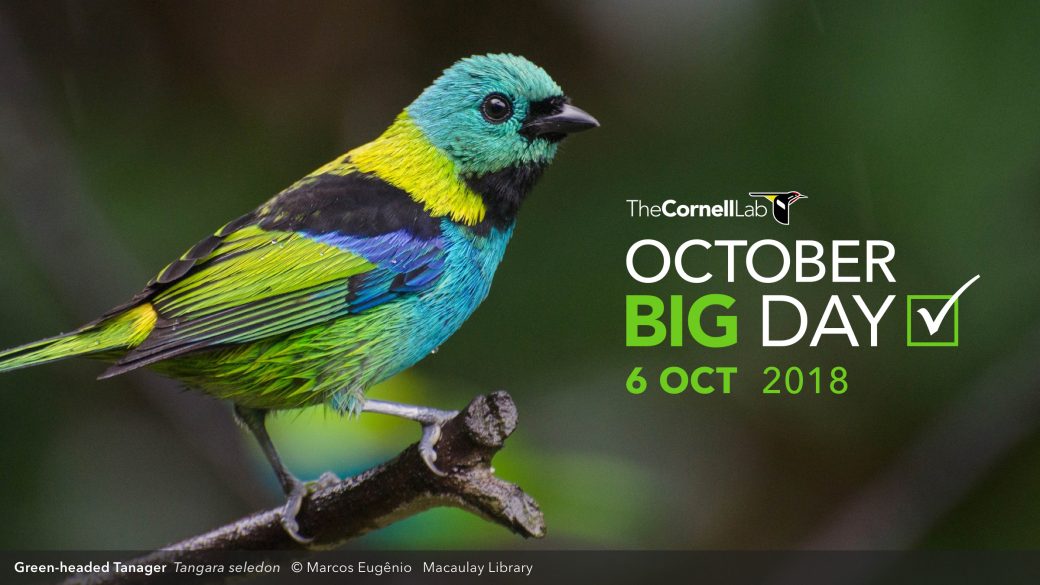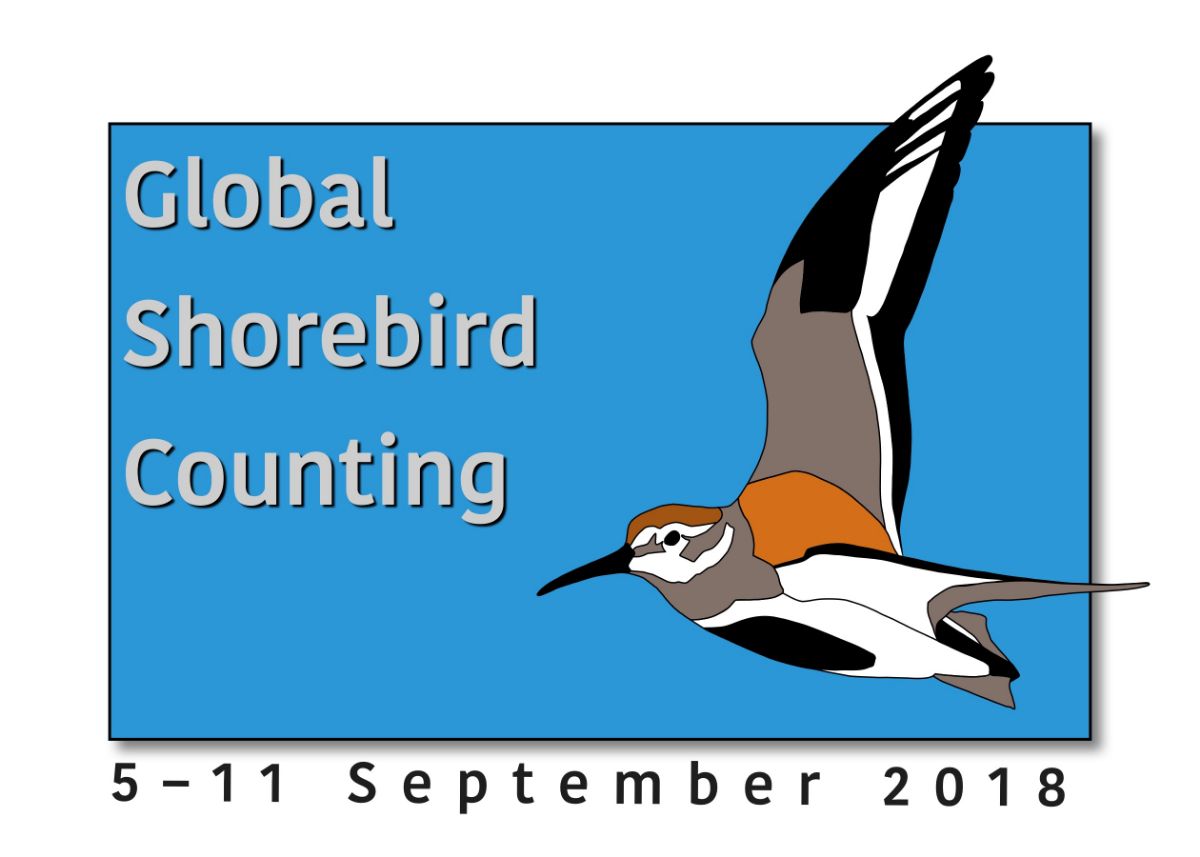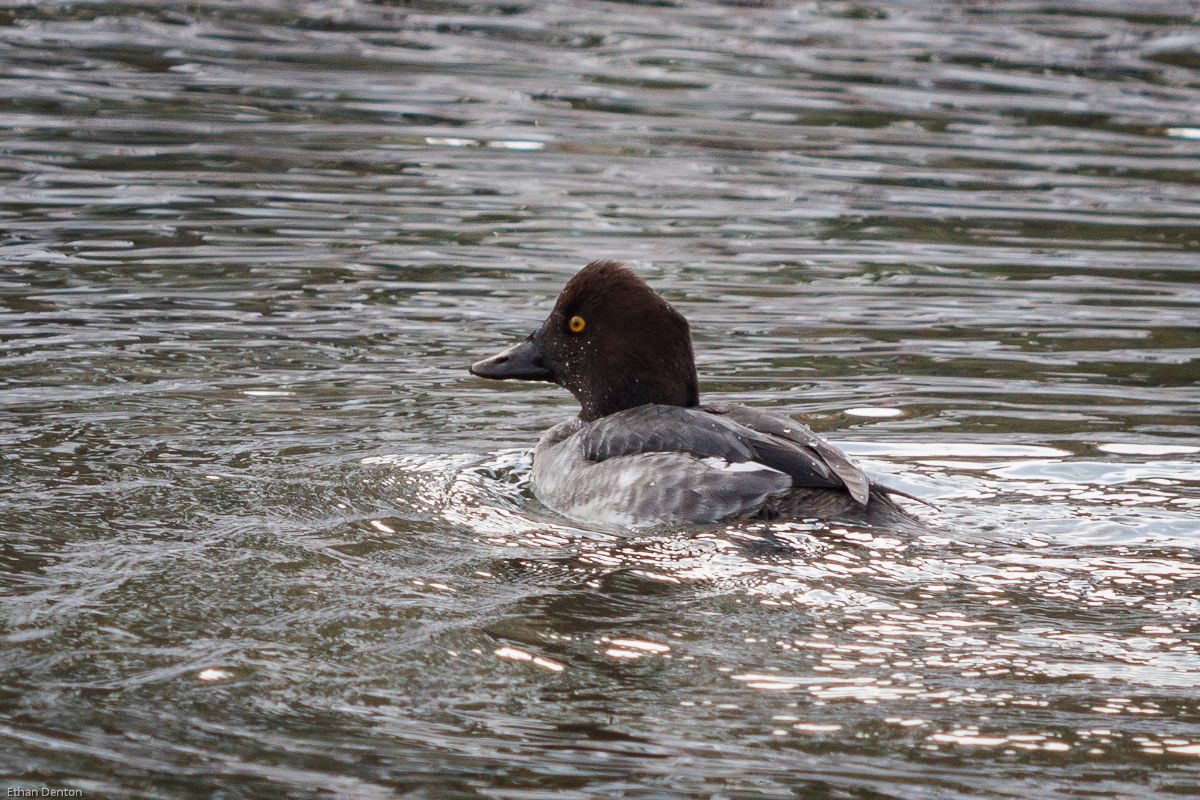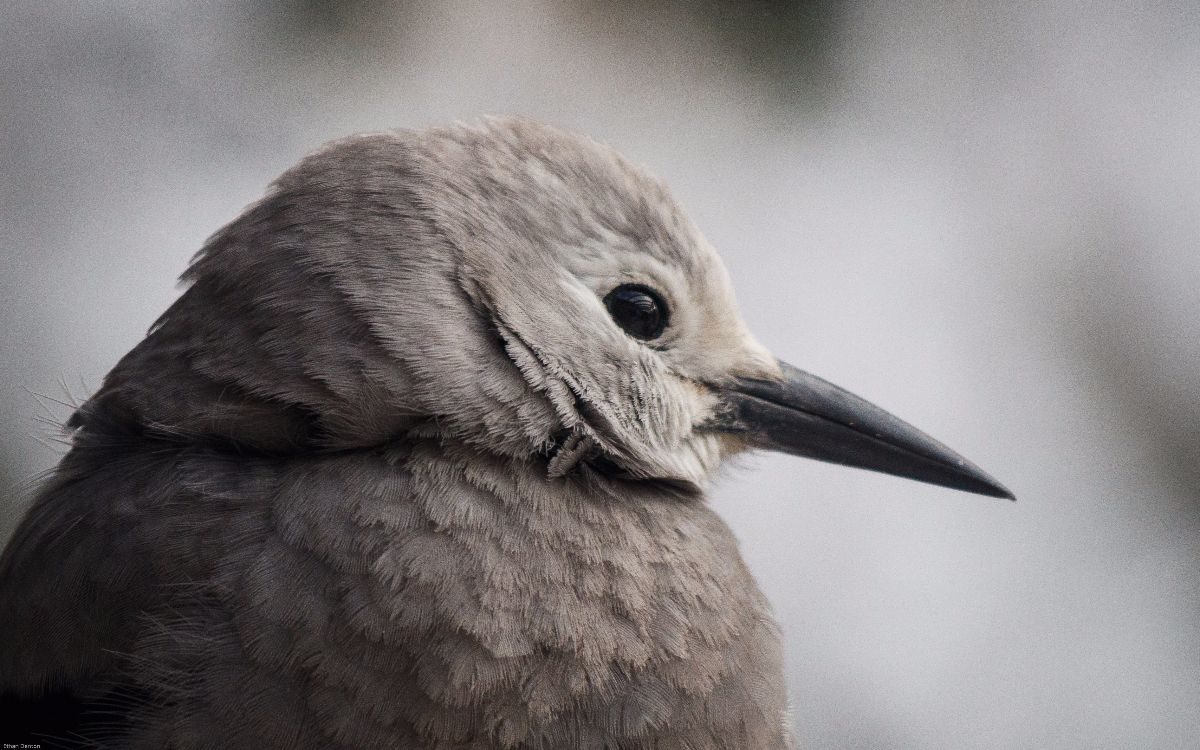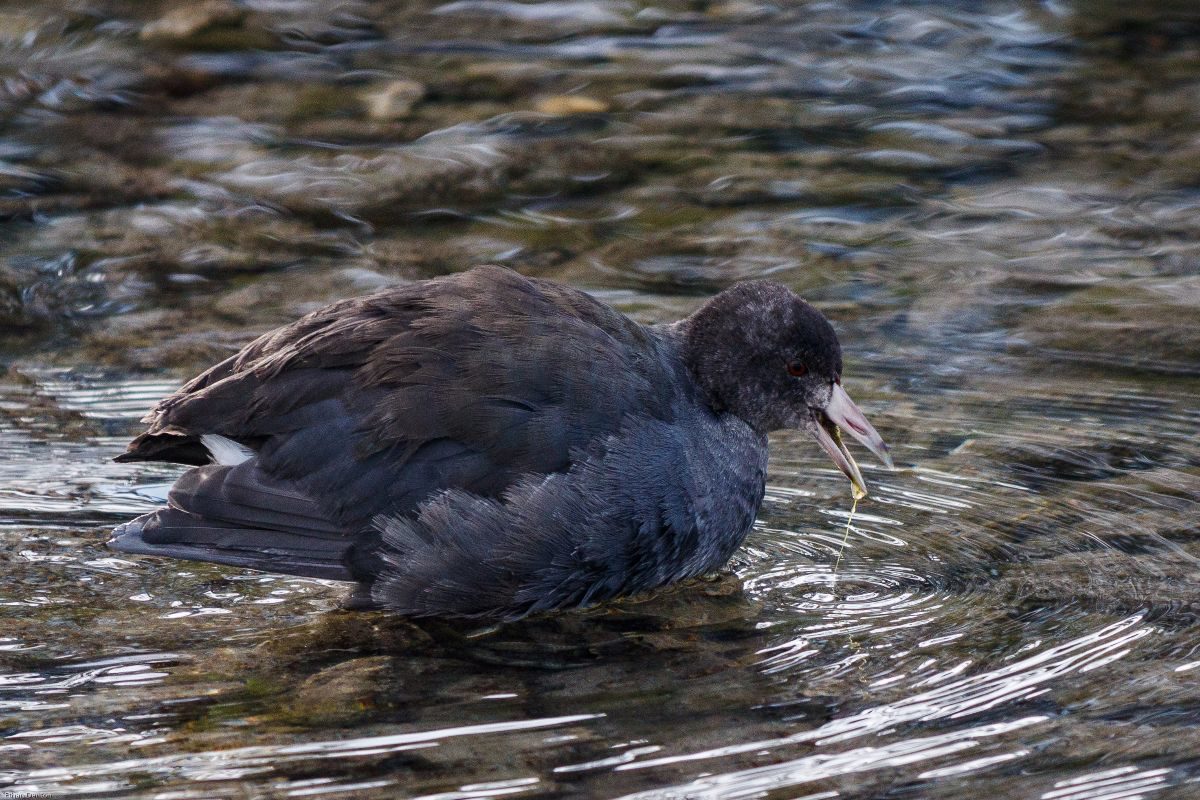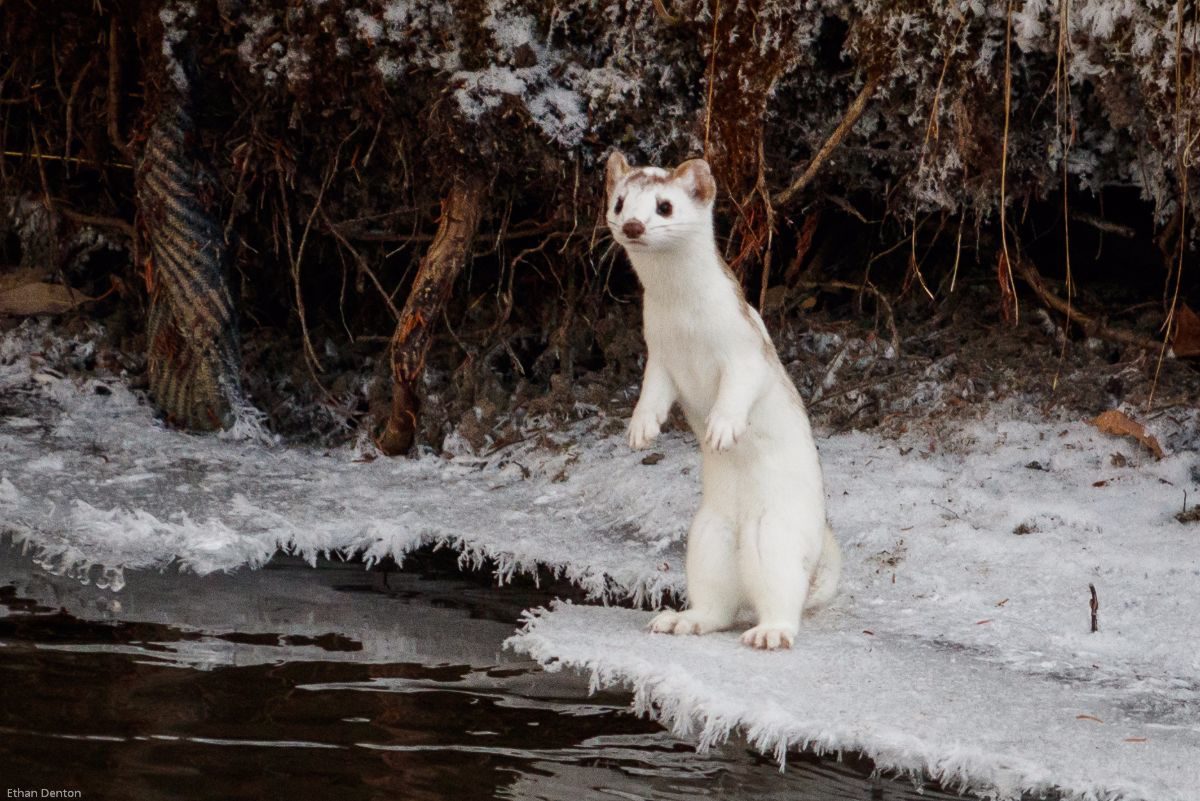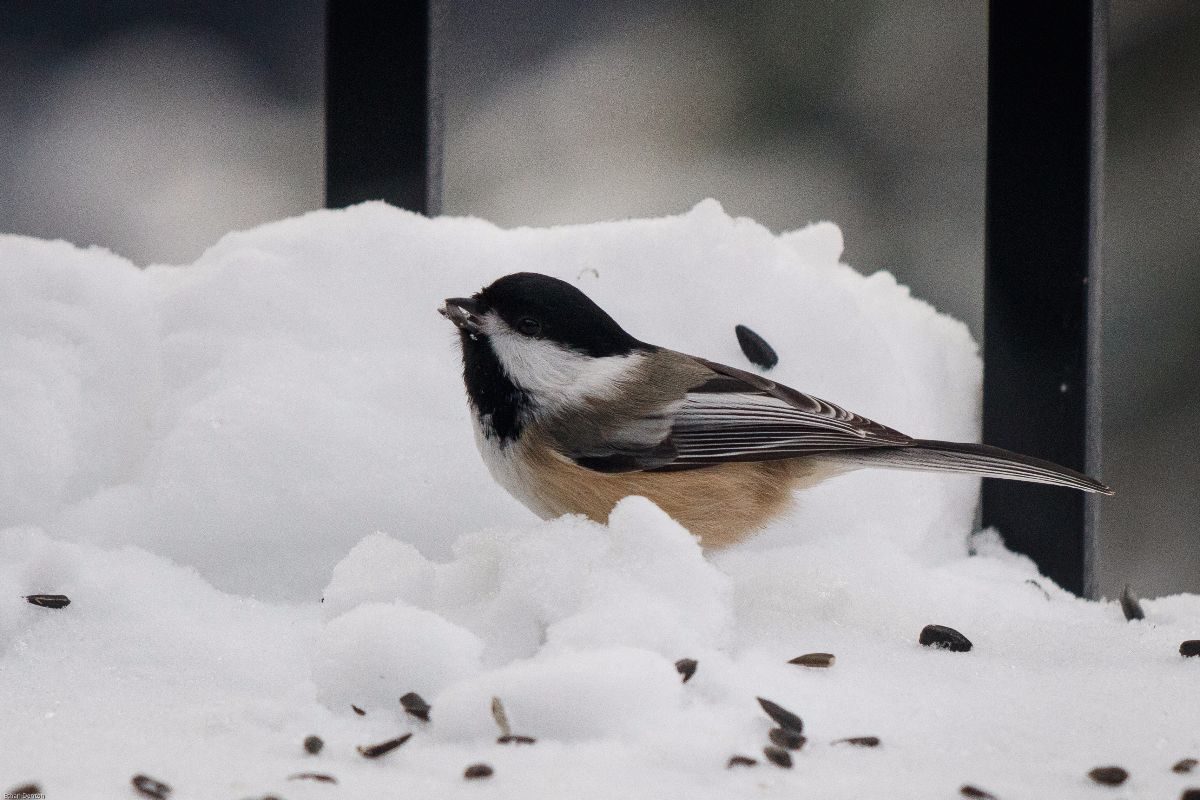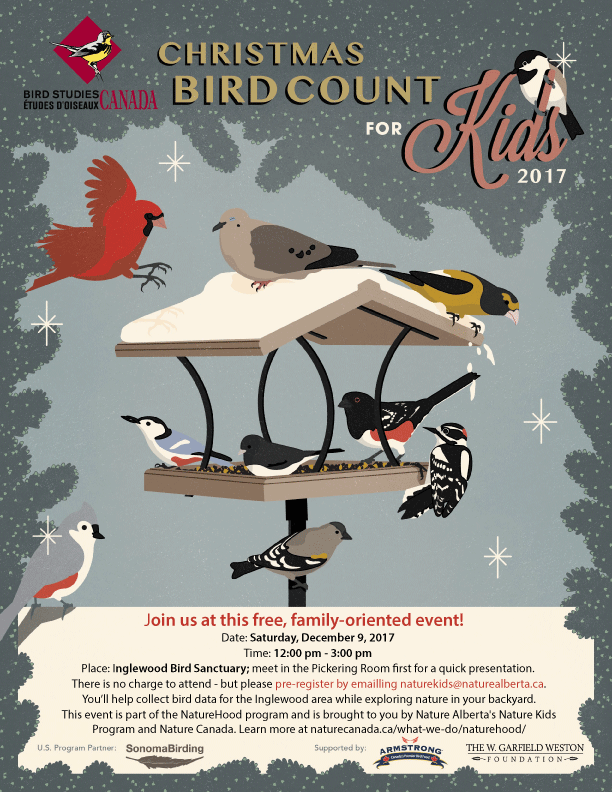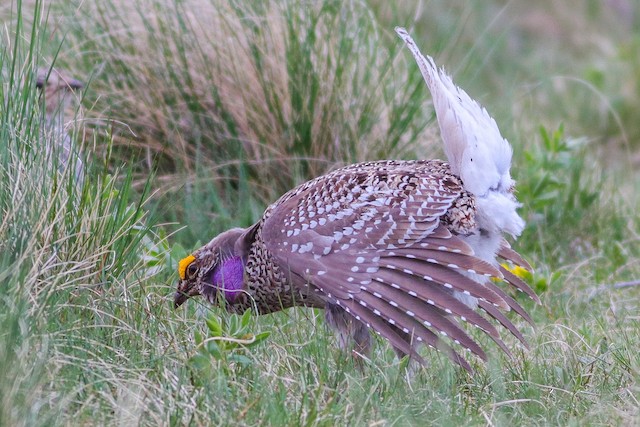Posted by Bob Lefebvre
If you are a birder in the Calgary area who uses eBird, you may be confused about where the boundaries for the eBird Counties are. As you enter sightings from various locations in the region, you will see that some are assigned to Calgary County, and some to Drumheller, Banff, Lethbridge, or others. It is not clear at first what these counties represent. Even when we were doing the 2015 eBird Competition we were not sure what to make of the eBird Counties.
It turns out that the boundaries for eBird Counties in Canada follow the federal government’s Census Geographic Units. This is not a well-known political or geographic entity, and the boundaries are not marked anywhere as you travel around. (In the United States, where eBird started, the eBird Counties are the same as the political Counties, which are well-known and have well-marked boundaries.)
However, it is possible to see a map of our County boundaries by going on Google Earth. If you don’t have Google Earth you should download it. It is free, and very useful for birders. You can see satellite maps of the entire world down to a very fine level.
When you are on Google Earth, zoom into the region you want to see, and turn off all the layers except “Borders.” The fine green lines on the map are the county boundaries. (Thanks to Dan Arndt for finding out what the counties are, and how to see the boundaries.)

Southern Alberta, showing eBird County boundaries in green.

Southern Alberta, with eBird County names in yellow and boundaries in green.
Feel free to copy this map as a reference, but I do recommend downloading Google Earth, so you can zoom in to see the boundaries at a finer scale. You can also turn on other layers such as “Places ” and “Roads” so you can see where the towns and highways are.
Below are four detail maps of the north, east, south, and west edges of Calgary county.

The north end of Calgary County.

The east side of Calgary County, along the Trans-Canada Highway. Drumheller County begins immediately east of Weed Lake, and actually includes part of Dalemead Reservoir.

The south end of Calgary County.

The west side of Calgary county.
The eBird Counties do not correspond well to any particular geographic birding region. Many of you may keep track of sightings within the 80-km circle centered on the Centre Street Bridge in Calgary, which is used for the annual May Species Count (and for both the 2005 and 2015 birding competitions). Here is the relevant map for that:

The 80-km circle of the Calgary birding region (red), with eBird Counties in green.
If anyone would like to be able to draw the 80-km circle on Google Earth on their own computer, just email me at birdscalgary@gmail.com and I will give you instructions.
Tonight, Wednesday February 8, 2017, Mike Harrison will speak at the Bird Study Group of Nature Calgary on The Ins and Outs of eBird. If you are an eBird user or want to learn about it, please come out. See this page for details.
